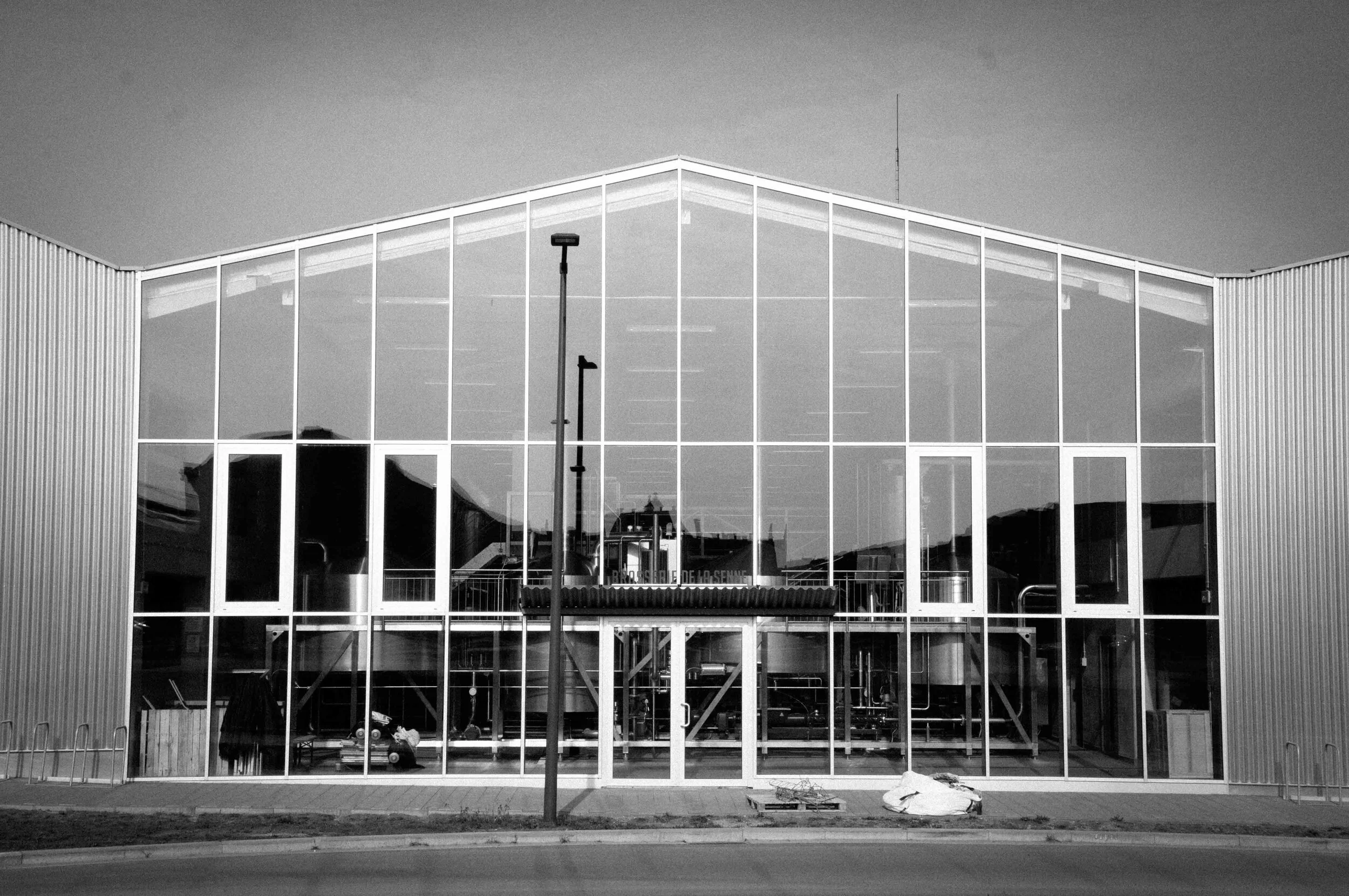A History of Brussels Beer in 50 Objects // #7 In Het Carosseken
Find out more about Brussels Beer City’s new weekly series, “A History Of Brussels Beer In 50 Objects” here.
Object #7 - In Het Carosseken inn sign
17th century
Pub Life
It’s 1680, and a man stands on Brussels’ Rue Des Bouchers, Butcher’s Street. Guilders rattle in his money pouch. He’s got a thirst that needs slaking. Outside number 47 a sign features a carriage, two horses, and the words In Het Carosseken (“In the Small Carriage”). He enters the inn. Navigating pigshit, sawdust, and haggling tradesmen from the nearby leather market he finds a table. What he can drink isn’t something he has much control over. But neither does the innkeeper come to serve him, nor the brewer supplying the Carosseken. 17th century Brussels’ real tastemakers are the tax collectors.
As a 1534 ordinance says, the city established rules “to remedy the great and manifold defects, complaints and irregularities that often happen….with beer in the city brewed, measured, and sold.” The taxman’s weapon against these defects was the pegelstok, a measuring stick that dictated the quantity of beer made from a fixed amount of malt and a variable volume of water. Historian Patricia Quintens, in Bier en brouwerijen te Brussel, explains:
Every month the amount of beer changed, depending on the price of malt. The price of the beers themselves remained unchanged, only the "thickness" of the beer differed. If the grains were expensive, the beer "ran" somewhat "thinner". If cheaper, it was "thicker". Because each beer type had to be calculated with a specific pegel every time, the government limited the different beer types that could be brewed to what was strictly necessary. The city also determined the amount and type of malt that could be used per brew. The volume of beer….that could be brewed from this malt was also determined by the city. This was calculated in such a way that the price of the beer and the profit for the brewer remain unchanged.
Before the finished beer was packaged, an official stuck his pegelstok into the vat to measure the final volume against notches corresponding to specific beers. If it reached the right notch, the beer was approved. Beers like Waeghbaert, made with six sisters of wheat (one sister equalled 48.7 litres), 11 of oats, and 18 amen water (one amen was 130 litres). Hoppe had a similar grain bill but brewed with 23 amen of water, resulting in a weaker beer. There was also Roetbier (red beer), Zwartbier (dark beer) and later Dobbel and Braspenning - the latter named for a coin worth a good workman’s daily wages. If our Renaissance Brusselaar was adventurous he could choose a Homborgen Bier (Hamburg beer), Oestbier (Eastern beer), or something from the Baltics.
He plumps instead for a Cuyte (or Kuyte/Kuit/Koyte). A weaker, “small beer” made across the Low Countries with wheat, oats, and barley, he knows its reputation. Once stronger than Waeghbaert, people now complain it is little better than water. The excessive drunkenness it encourages will later inspire the expression prendre une cuite - “to get drunk”. But one’s enough for him, and anyway, his guilders only stretch so far at the Carosseken.
Copyright: Museum van de Stad Brussel













